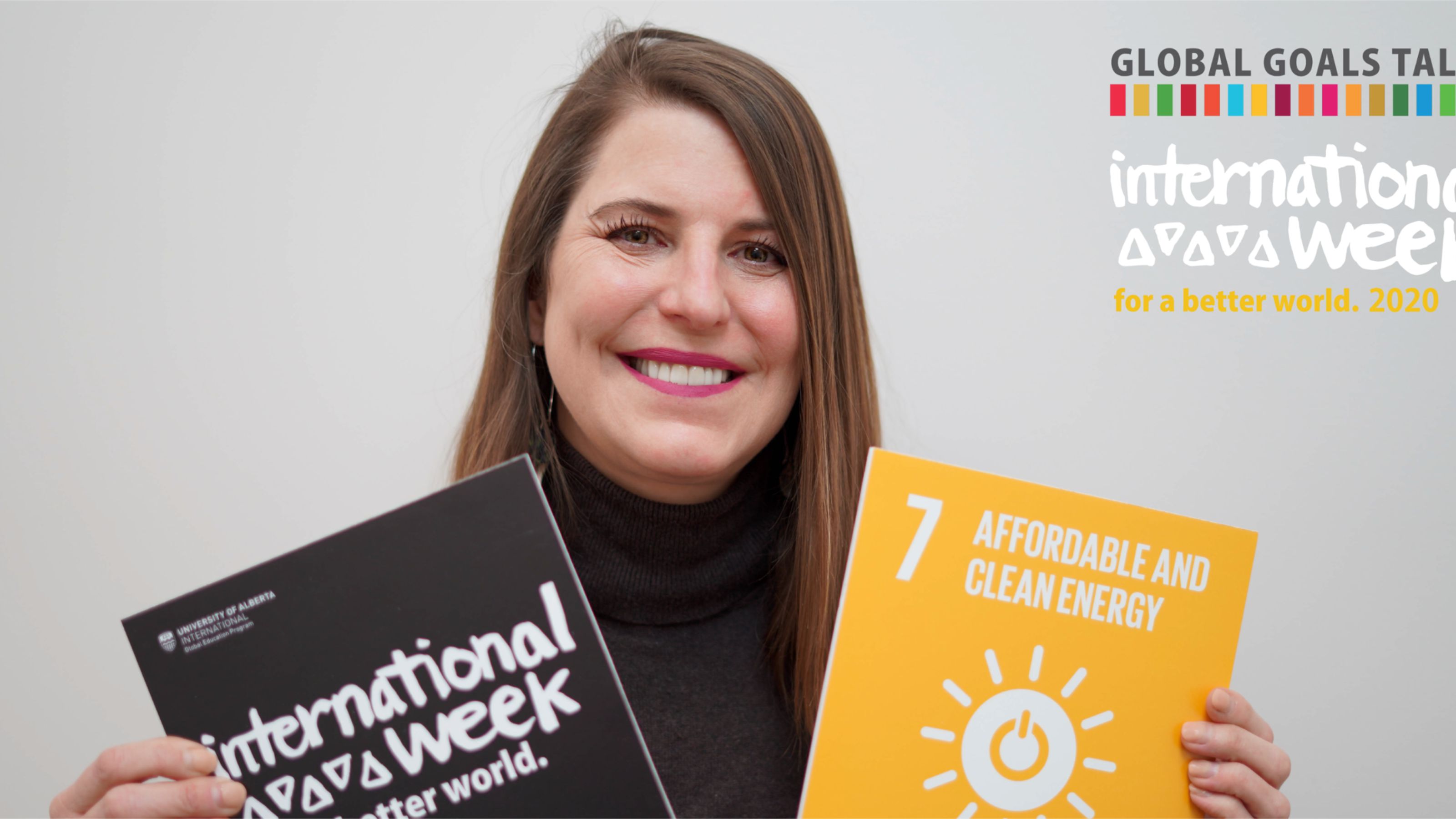There is much talk about strengthening Indigenous communities’ energy security and sustainability, diversifying Alberta’s economy while supporting our petrochemical industry, promoting innovation and energy transformation, and de-carbonizing our markets to help mitigate climate change. These might seem like complicated, competing demands — yet if we take a systems approach, we can explore how to achieve all these goals simultaneously. An integrative, multidisciplinary, and applied research approach to these issues also helps fulfill several of the UN’s Sustainable Development Goals.
Developing geothermal energy, either as heat or electricity, gives one great example. Consider:
First, Indigenous communities are taking leadership and control in meeting the present and future needs of their communities. Fort Chipewyan is developing solar energy and the Blood-Kainai First Nation is developing wind energy. Through the Future Energy Systems initiative, associate professor Andie Palmer, Vivian Giang, and Kyla Cangiano in Anthropology are working with Alexis Nakota Sioux to develop geothermal south of Hinton, Alberta and with Ross River Dene east of Whitehorse, Yukon to help assure their energy and food security.
Second, There is an economic business case for developing and implementing geothermal energy. In Alberta, there are over 400,000 drilled oil and gas wells. About 100,000 of these wells are suspended or abandoned, with the estimated reclamation and remediation costs ranging between $30 billion and $100 billion. Meanwhile, the Alberta Energy Regulator only holds $227 million in financial security to offset these costs. Along with professor Vic Adamowicz and Daniel Schiffner in ALES, we are examining how geothermal energy production would help cover reclamation and remediation costs.
Third, the Western Canadian Sedimentary Basin has among the best characterized reservoirs in the world. These drilled wells equate to billions of dollars of geophysical, geochemistry, and production data. However, the data are in disconnected databases that do not ‘talk’ to each other. By combining these databases and modelling the reservoirs, we can better characterize which groups of wells could be converted to geothermal energy — both technically and economically. With research director Jonathan Banks in Geoscience, I am developing a geothermal atlas that be will available later in 2020 that will make these data publicly accessible and useable. Many of these wells have bottom hole temperatures that may be best used for thermal energy, or could be converted to electricity. With professor David Nobes in Mechanical Engineering and assistant professor Victor Liu in Petroleum Engineering, we are redesigning Stirling engines, bottom-hole heat exchangers, and well design to optimize the thermodynamics.
Finally, we are working on various illustrative case studies with the Tomahawk Ranch to heat water for cattle, with Razor Energy to power their oil field north of Swan Hills, and with Terrapin Energy to develop geothermal energy south of Grande Prairie. These case studies are also serving as pilot projects to understand and manage the associated risks, and to help Alberta Energy and the Alberta Energy Regulator craft their royalty and regulatory structures for geothermal energy.
This systems research approach, with researchers in multiple disciplines working together, is actually helping to bring together seemingly disparate and competing issues to create promising solutions in our communities.
Learn more at Dr. Lefsrud’s I-Week Global Goals Talk, Securing Renewable Energy for Canada’s First Nations and Indigenous Communities.

About Lianne
Lianne Lefsrud is an assistant professor, Engineering Safety and Risk Management at the University of Alberta. She uses mixed methods to study how institutional and new venture entrepreneurs use persuasive language and imagery to shape our conceptions of technology, the environment, and regulations.
